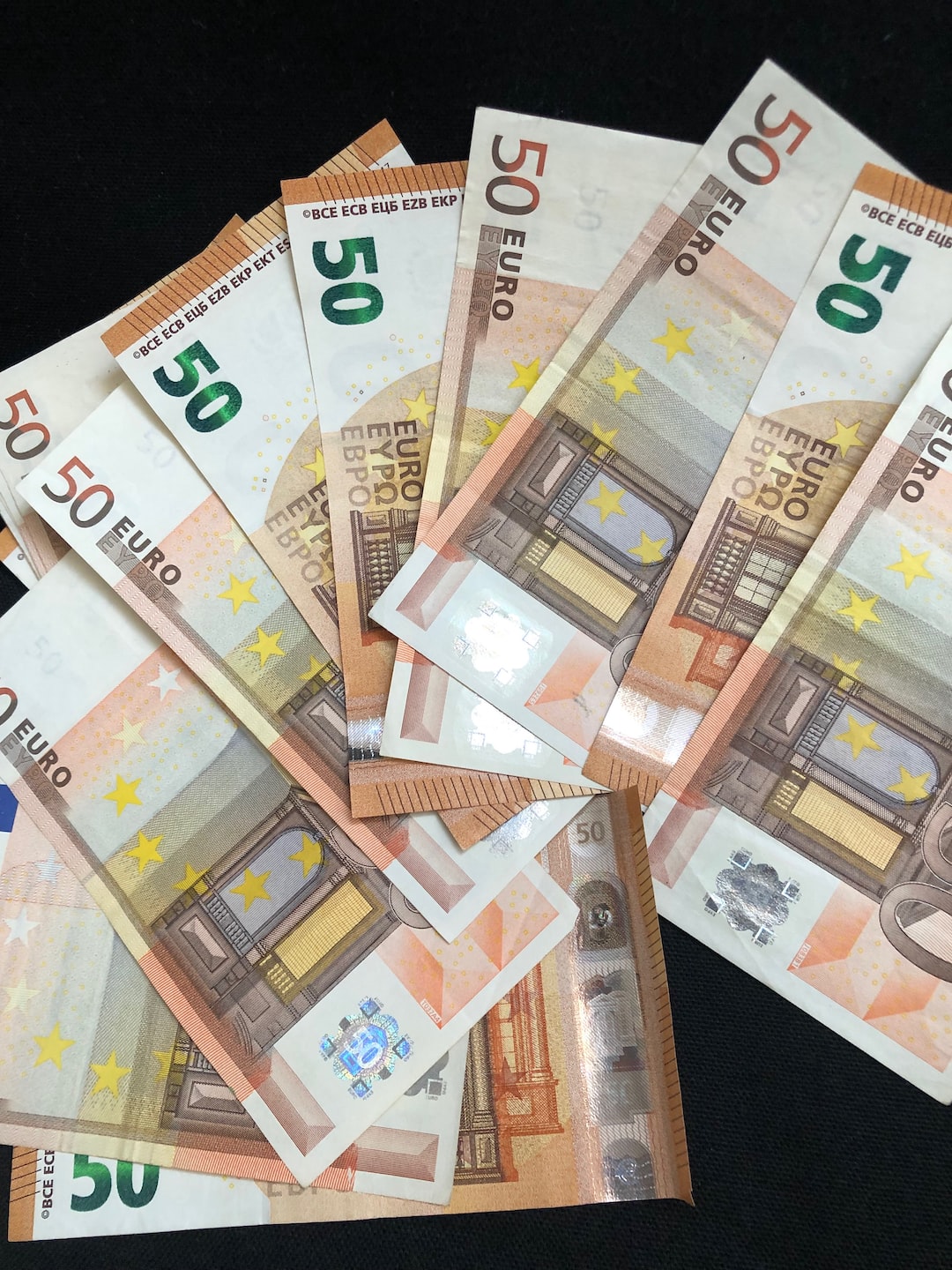Exponential Moving Averages (EMA) are a popular tool used in forex trading to identify trends and potential entry and exit points. EMAs are different from Simple Moving Averages (SMA) as they give more weight to recent price action, making them more responsive to changes in the market. In this article, we will explain how to measure EMAs in forex.
Step 1: Select the time frame
The first step in measuring EMAs is to select a time frame. This refers to the period over which the price data is analyzed. The most commonly used time frames in forex trading are 50, 100, and 200 days. Traders can also use shorter time frames such as 20, 30, or 40 days for more short-term trading strategies.
Step 2: Calculate the Simple Moving Average (SMA)
Before calculating the EMA, traders must first calculate the SMA. The SMA is the average price over a given time period. To calculate the SMA, add up the closing prices for the selected time period and divide by the number of periods. For example, to calculate the 50-day SMA, add up the closing prices of the past 50 days and divide by 50.
Step 3: Calculate the weighting multiplier
The weighting multiplier is used to give more weight to recent price action. The formula for calculating the weighting multiplier is:
(2 / (selected time period + 1))
For example, if the selected time period is 50 days, the weighting multiplier would be:
(2 / (50 + 1)) = 0.0392
Step 4: Calculate the EMA
Once the SMA and weighting multiplier have been calculated, traders can now calculate the EMA. The formula for calculating the EMA is:
EMA = (closing price – EMA(previous day)) x weighting multiplier + EMA(previous day)
The first EMA value is calculated using the SMA as the previous day’s EMA. For example, if the selected time period is 50 days, the first EMA value would be calculated as follows:
EMA = (closing price – 50-day SMA) x 0.0392 + 50-day SMA
Subsequent EMA values are calculated by using the previous day’s EMA value as the previous day’s EMA in the formula.
Step 5: Plot the EMA on a chart
Once the EMA has been calculated, traders can plot it on a chart to visualize the trend. The EMA is plotted as a line on the chart, with the most recent EMA values being closer to the current price than older values. Traders can use the EMA to identify trends and potential entry and exit points. For example, if the current price is above the EMA, it may indicate an uptrend, while if the current price is below the EMA, it may indicate a downtrend.
Conclusion
EMAs are a popular tool used by forex traders to identify trends and potential entry and exit points. To measure EMAs, traders must first select a time frame, calculate the SMA, calculate the weighting multiplier, calculate the EMA, and plot the EMA on a chart. By using EMAs in their trading strategy, traders can make more informed trading decisions and potentially increase their profits.






